Connecting the Dots worksheets activities for Ages 5-6
6 filtered results
-
From - To
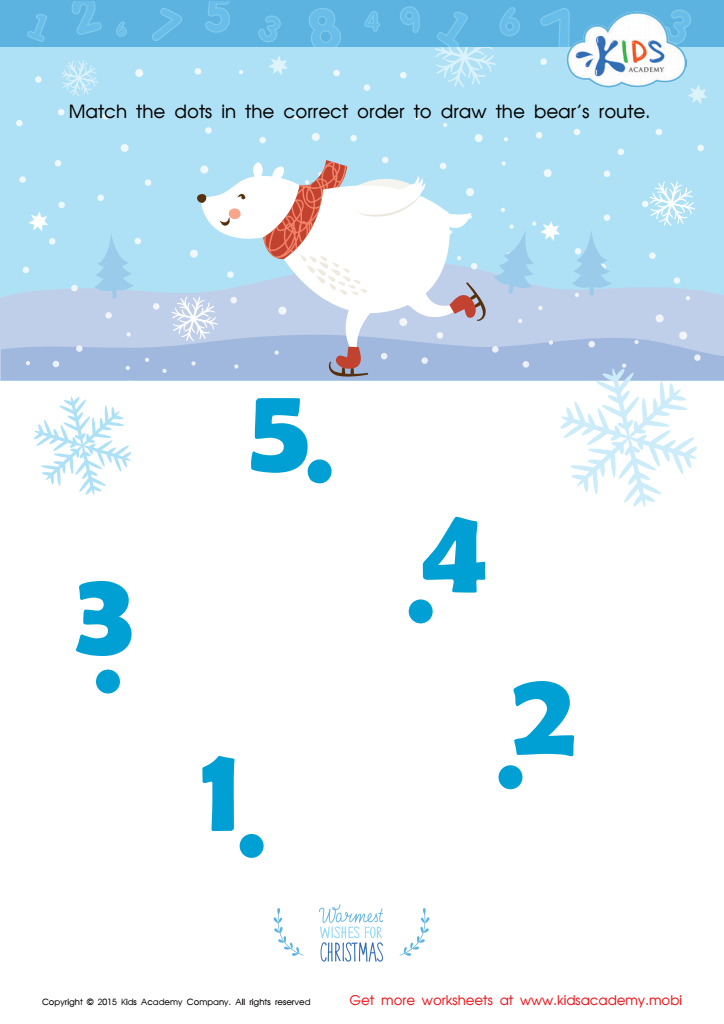

Drawing the Bear's Route by Number Worksheet
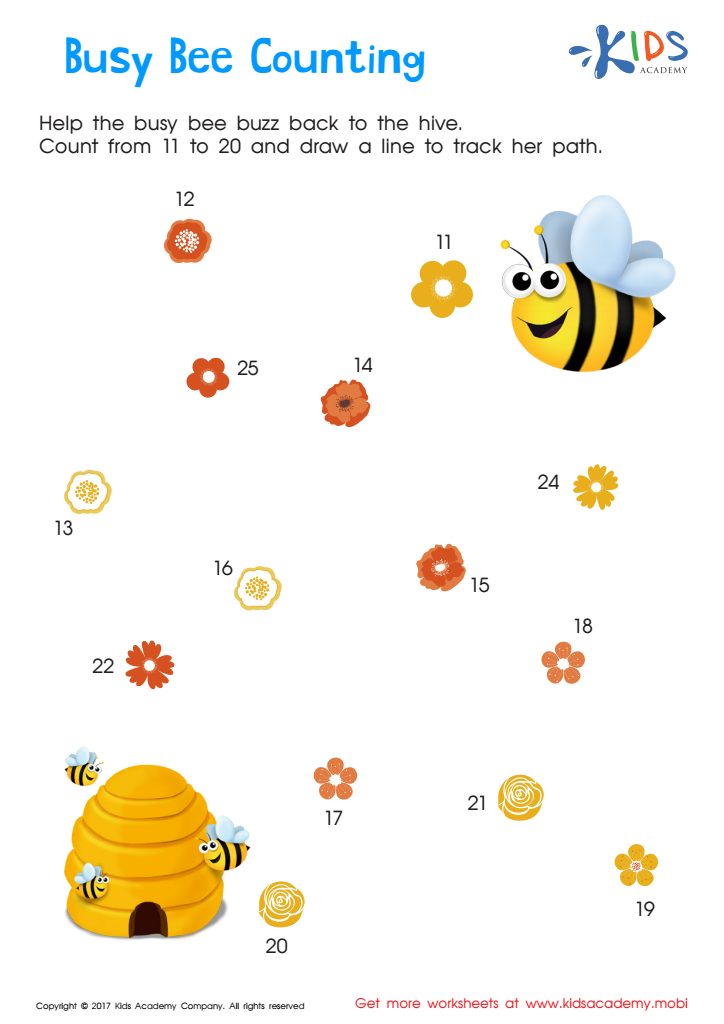

Ordering 11–20: Busy Bee Counting Worksheet
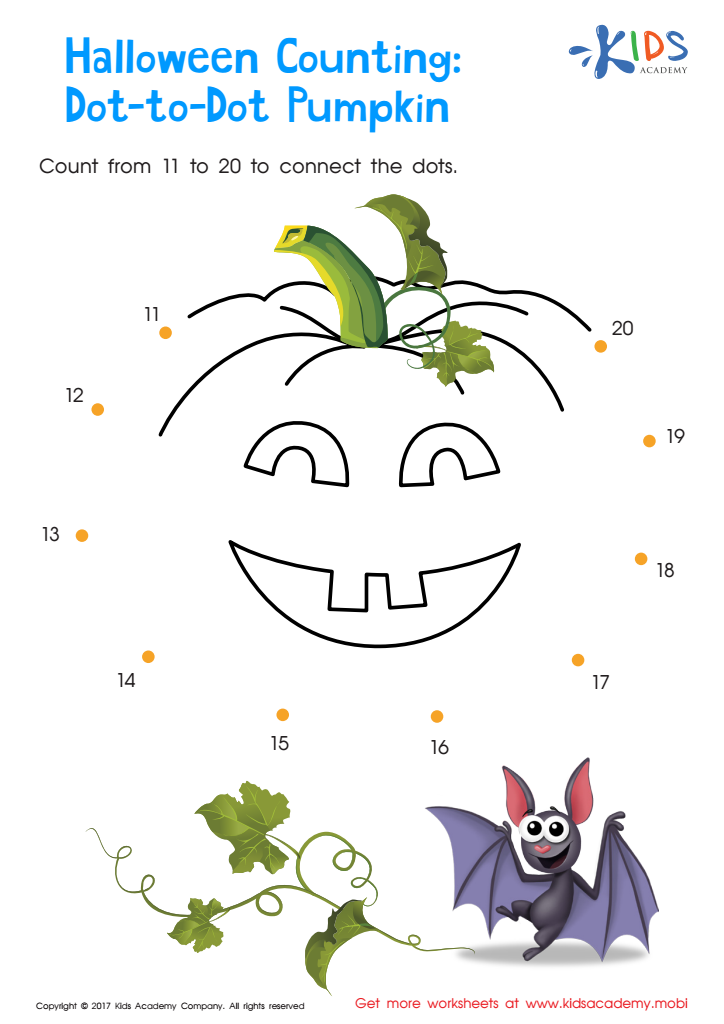

Ordering 11–20: Halloween Counting Worksheet
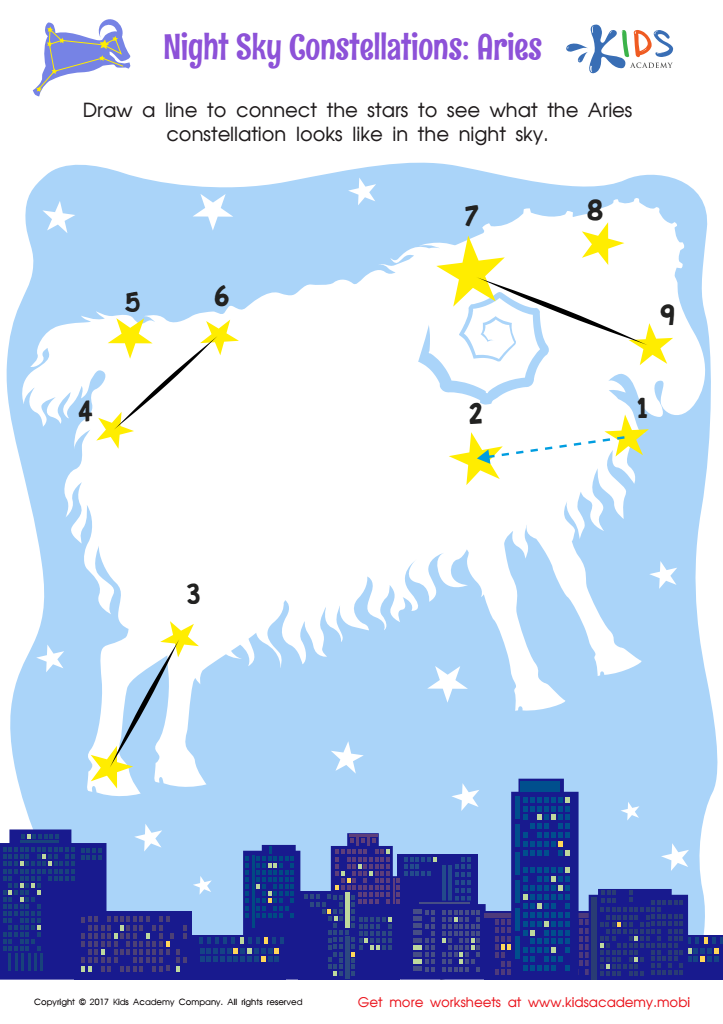

Night Sky Constellations: Aries Worksheet
Connecting the Dots worksheets activities stand out as a remarkable tool for educational development, catering to a diverse range of learners across various age groups. These unique activities not only engage students in a fun and interactive manner but also significantly contribute to their cognitive, motor, and perceptual skills development.
First and foremost, Connecting the Dots worksheets activities hone fine motor skills. As children connect one dot to another, they practice holding a pencil and controlling its movement with precision. This seemingly simple task lays the foundation for handwriting and other skills requiring fine motor dexterity, such as cutting with scissors or typing on a keyboard.
Furthermore, these activities enhance cognitive abilities. They teach children how to follow sequences and instructions, promoting logical thinking and problem-solving skills. As students progress from one dot to the next, they must recognize patterns and understand the concept of order, which are critical thinking skills applicable in various learning scenarios and everyday life.
Visual perceptual skills also benefit from Connecting the Dots worksheets activities. Children learn to visually scan a page and differentiate between numbers or letters, improving their visual tracking and eye-hand coordination. This ability is crucial not only for reading and writing but also for sports and other activities requiring precise visual-motor integration.
Moreover, Connecting the Dots worksheets often incorporate educational themes, such as letters, numbers, or shapes, making them an excellent tool for reinforcing knowledge in a playful context. This approach helps to embed learning in memory more effectively, as children are more likely to remember what they have learned when they enjoy the process.
In summary, Connecting the Dots worksheets activities are a multifaceted educational tool that supports the development of fine motor, cognitive, and visual perceptual skills while making learning an enjoyable experience. By integrating these activities into educational practices, educators can provide a holistic approach to development, ensuring students not only excel academically but also develop essential life skills.

 Assign to My Students
Assign to My Students








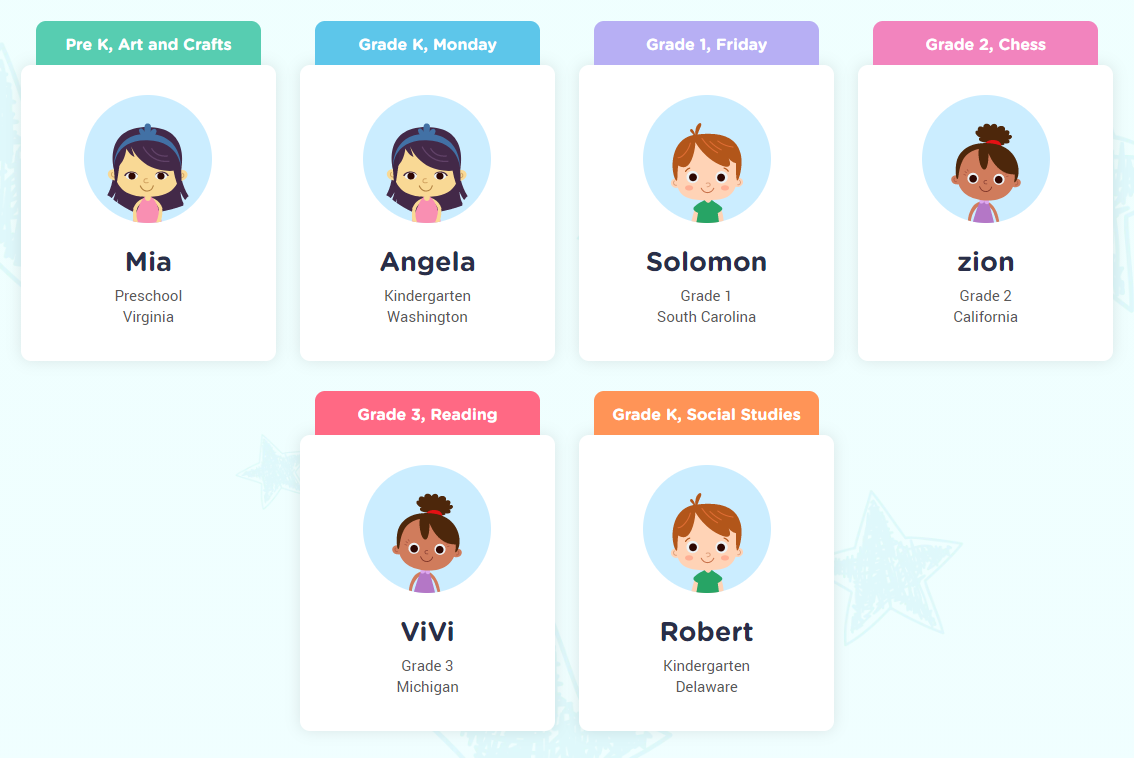
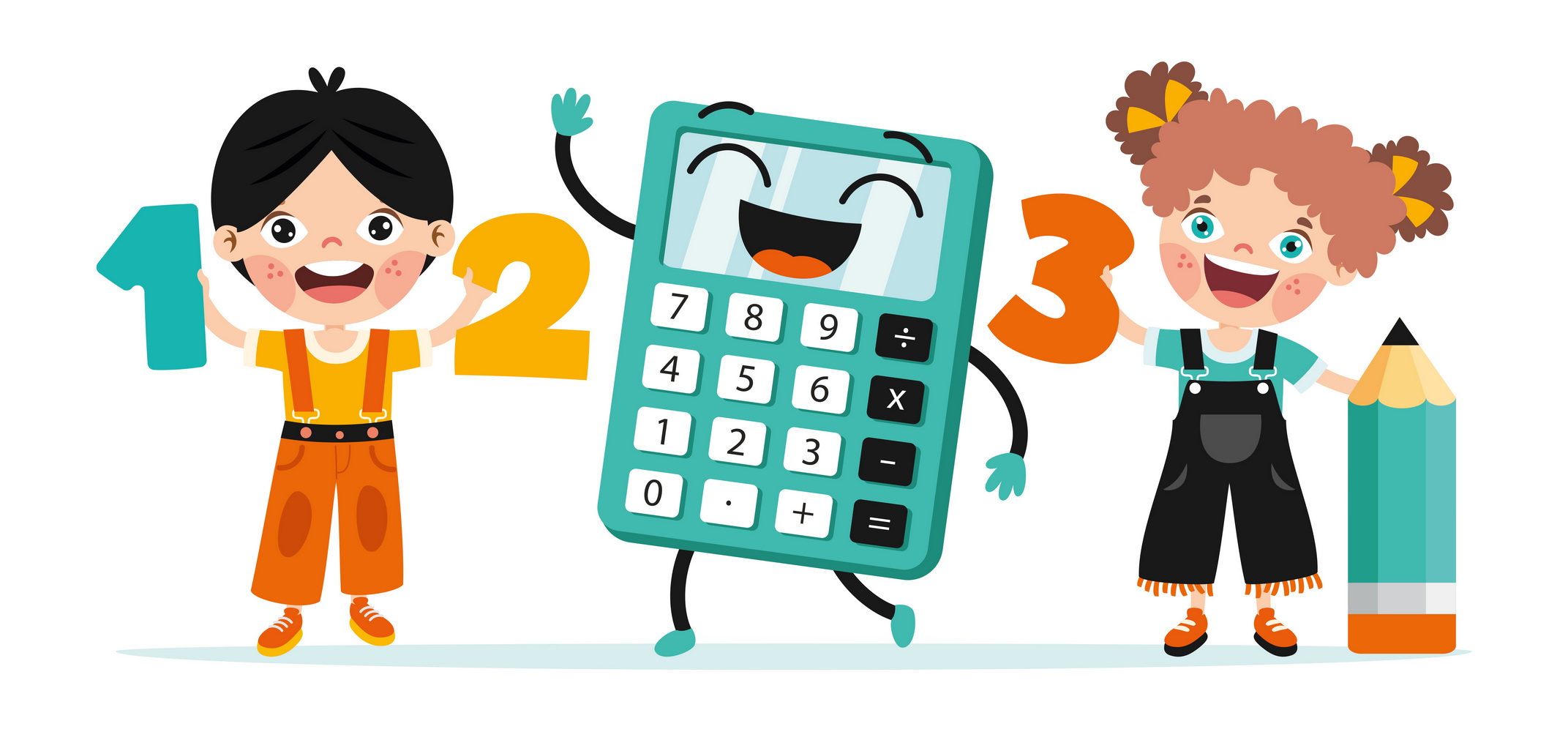
.jpg)











